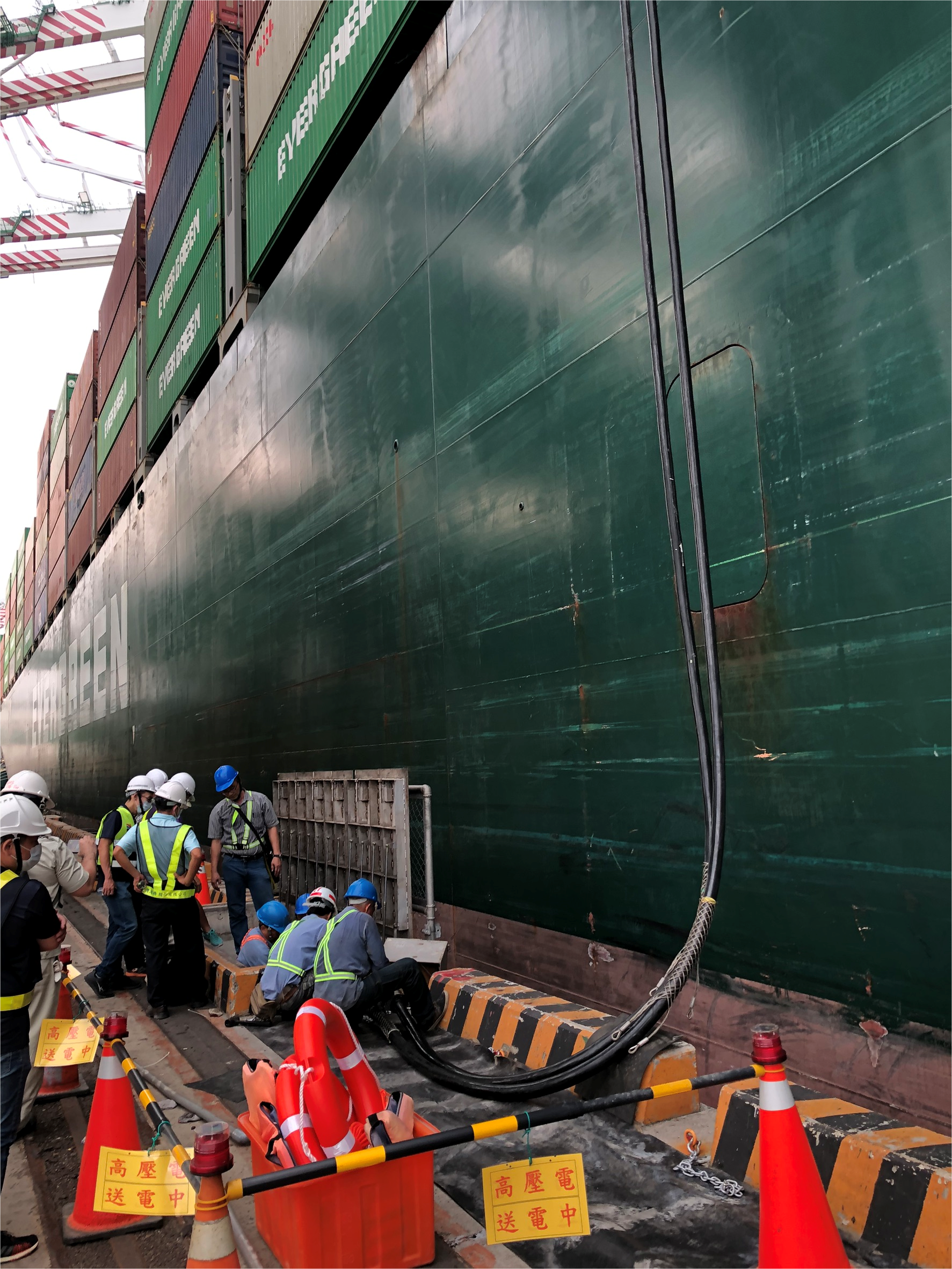Background
There are currently 15 harbors/ terminals located in Taiwan Island, including 8 commercial harbors, 2 industrial exclusive port and 5 industrial exclusive terminals respectively. There are around 30,000 tons of nitrogen oxides and sulfur oxides emitted by harbors and terminals annually, accounting for 66% and 86% of area source pollution in Taiwan Emission Data System respectively. Ship emissions are the largest contributor among all. Ship engines are mostly generated by diesel fuel, and the source of emissions can be divided into main engine, auxiliary engine and auxiliary boiler. However, the Diesel Particulate Matters (DPM) produced by combustion engine has been classified as a group one (1A) carcinogen by WHO. Therefore, how to improve the air pollutants emitted by ships is a crucial challenge faced by international ports.
Air quality management
- Vessel Speed Reduction(VSR)
According to international studies, ship speed of 12 knots could effectively reduce fuel consumption and air pollutants from vessels. Currently, Taiwan International Ports Corporation (TIPC) adopts the Automatic Identification System (AIS) in order to send signals that recommend vessels around 20 nautical miles of the port area to reduce speed to 12 knots. The MOENV continue to monitor the situation of ship deceleration and provide assistance in a timely manner.
- Low Sulfur Fuel Oils(LSFO)
In order to set in line with international standards, The MOENV have revised the Amendment to the Standards for the Composition of Mobile pollution source Fuels, including the limitation of ship fuel sulfur content (sulfur content: 0.5% m/m). The revised standard was implemented on July 1, 2020; and was estimated to reduce about 900 tons of sulfur oxides in the port area.
- Shore Power System
Auxiliary engines are used for electrical power production, in order to maintain livelihood or load and unload power while berthing. Air pollutants emitted by auxiliary engine could potentially impact port workers and nearby residents. The Adoption of Shore power system can approximately reduce 95% of auxiliary engines emission during berthing. There are currently 60 terminals equipped with low-voltage shore power and 13 terminals equipped with high-voltage shore power. However, there is still room for improvement in utilization rate of shower power system. Therefore, the MOENV will continue to assist TIPC for promoting the use of shore power system and monitor utilization.
